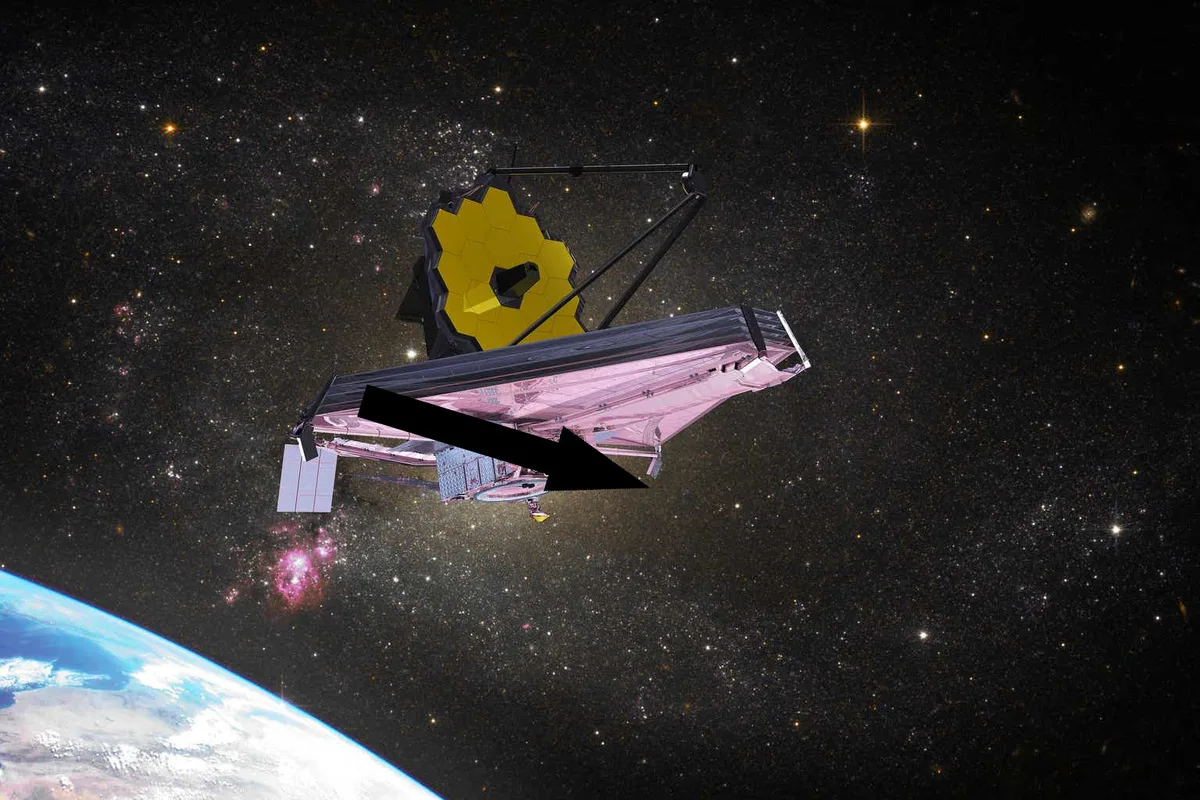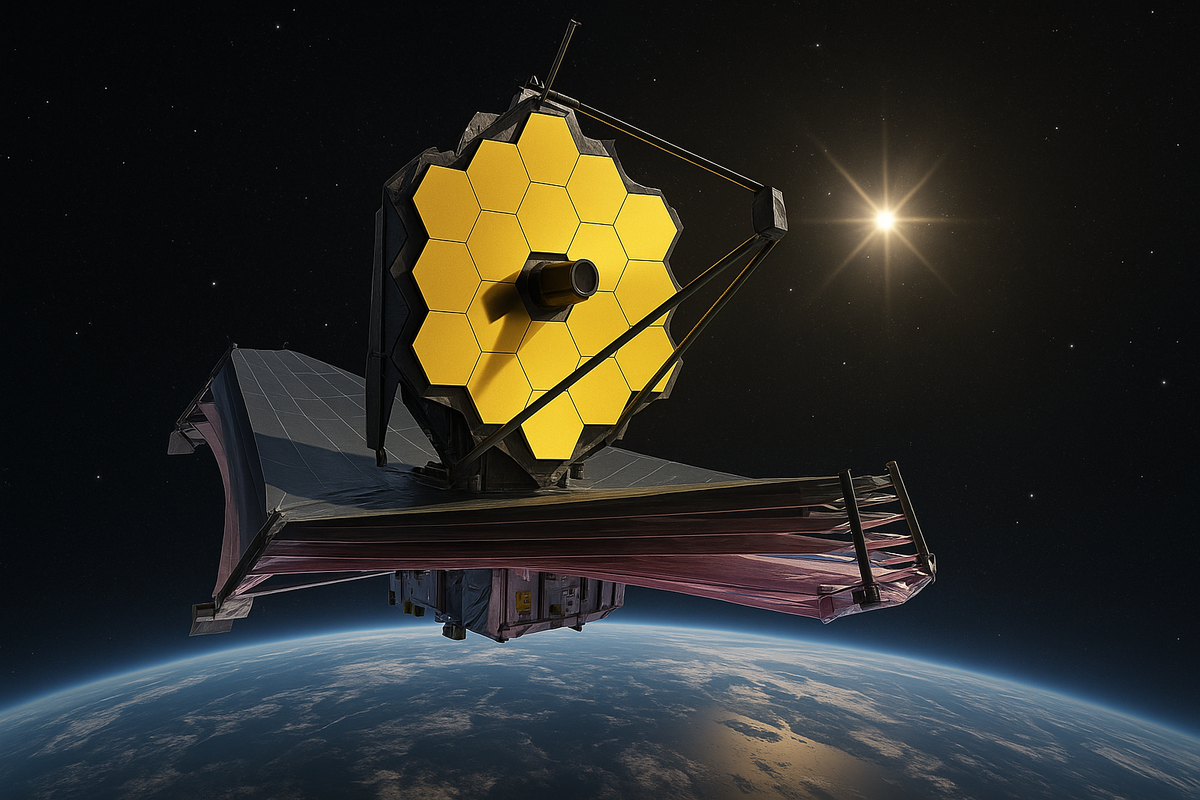A group of scientists claims that, thanks to the James Webb space telescope, what could be a ‘dark star’ has been detected, an object powered by dark matter rather than nuclear fusion.
According to Livescience, a team of researchers reviewed the wavelengths captured by the telescope and identified four candidates for dark stars. The findings are detailed in a study published on 30 September in the journal PNAS.
This type of cosmic object, first proposed in 2007, would be among the first stars to appear after the Big Bang. They would have been created by the collapse of hydrogen and helium which, instead of forming a black hole as would be traditional, mixed with dark matter. Ironically, despite their name, these dark stars are extraordinarily massive and bright: they can reach a brightness a billion times greater than the Sun and a mass a million times greater.
According to Cosmin Ilie, an astrophysicist at Colgate University in the United States, they are held together against gravitational collapse by small amounts of self-annihilating dark matter contained within them. In addition, Katherine Freese, co-author of the study and professor of physics at the University of Texas at Austin, told the media that the name is inappropriate, as these objects are not composed entirely of dark matter nor are they dark, as her initial hypothesis stated.
How the candidates were found
The process of identifying these potential candidates began with the analysis of observations from the JWST’s Advanced Deep Extragalactic Survey (JADES). The scientists focused on data collected by the NIRSpec instrument, a near-infrared spectrograph that measures the individual wavelengths of light coming from celestial objects, allowing an understanding of their chemical characteristics, mass, and temperatures.
They then established the search criteria. Among other things, they defined that the signals should not be younger than a redshift of 10, a way of measuring ancient light from the universe that is equivalent to locating objects 500 million years after the Big Bang. In addition, the light source had to come from a single object and could only contain hydrogen and helium.
The results yielded four dark star candidates observed by the James Webb: JADES-GS-z11-0, JADES-GS-z13-0, JADES-GS-z14-0, and JADES-GS-z14-1. The latter is, so far, the second most distant object the telescope has observed.

A mystery to be solved
When analysing the signals, the researchers found that all four could be dark stars, or even ‘supermassive dark stars’. They also found evidence of the signature that would give these objects away: in the wavelength data for the last candidate, there were individually ionised helium atoms that absorbed light particles with a wavelength that was ‘unexpected’ for any other high redshift object.
However, the picture is not entirely clear to researchers. Using the Atacama Large Millimeter/submillimeter Array (ALMA), they found that this object also emitted oxygen, an element that is usually only produced by stars powered by nuclear fusion.
There are other possibilities, such as the four objects actually being galaxies. However, if they are classified as dark stars, they could solve several mysteries and provide clues about the nature of dark matter. In theory, their disappearance would cause them to collapse into black holes with an enormous initial mass. This would explain how the supermassive black holes discovered in the very early stages of the universe could have formed, whose masses are considered impossible according to current theories about their growth. Dark stars could be the explanation.
To reach these conclusions, these objects must first be studied further to rule out the possibility that they are ‘supermassive primordial stars’, another type of star formation. The latter are not thought to live as long as dark stars, but further observations are needed to provide a definitive explanation. For now, the research team indicates that the next step is to automate the search for dark stars in the telescope data in order to eventually confirm or refute the proposed theories.




